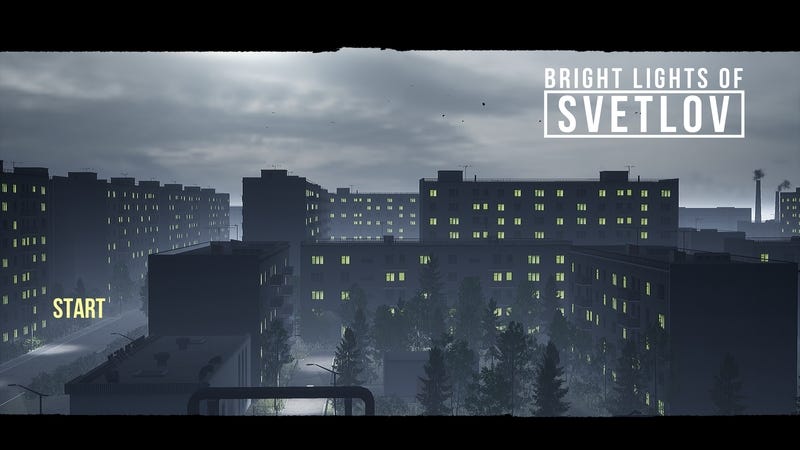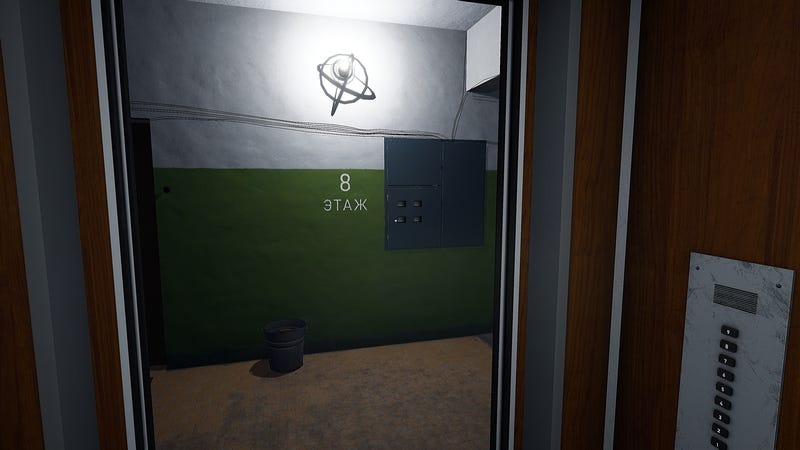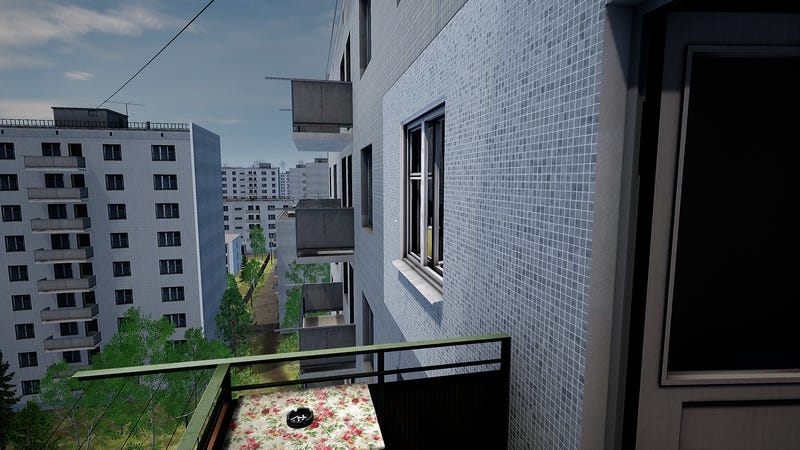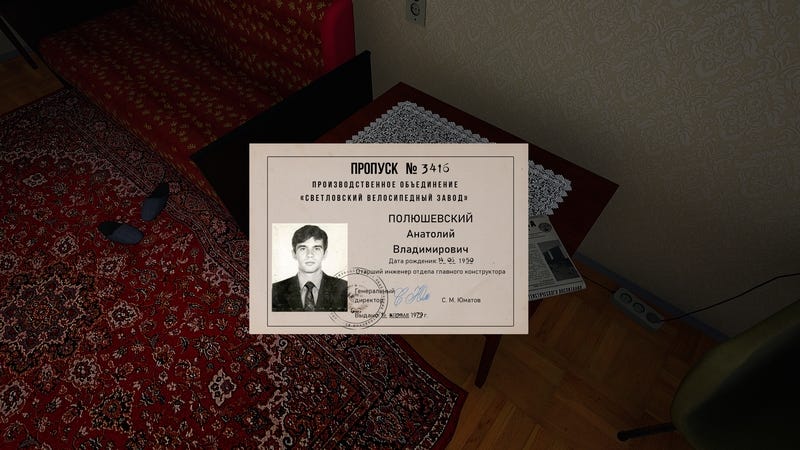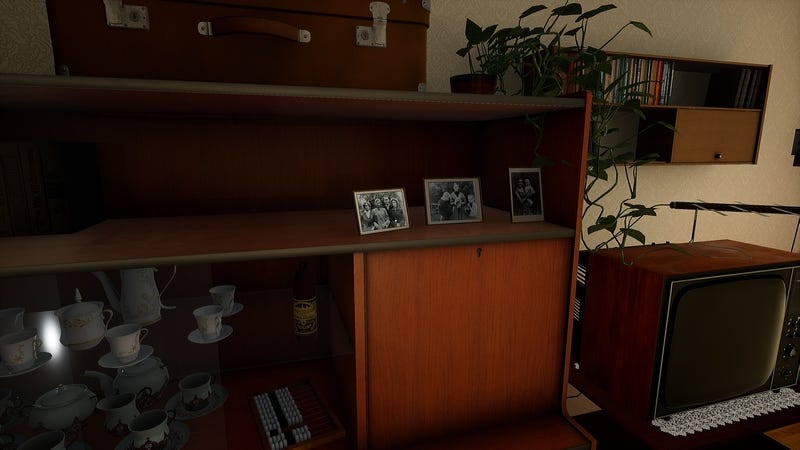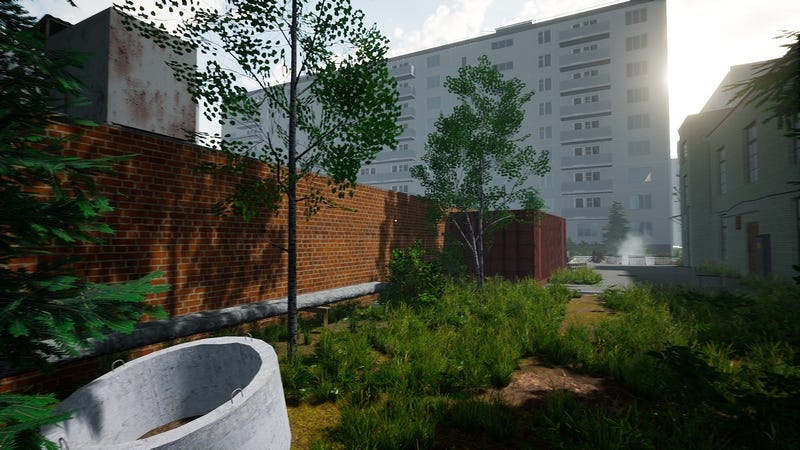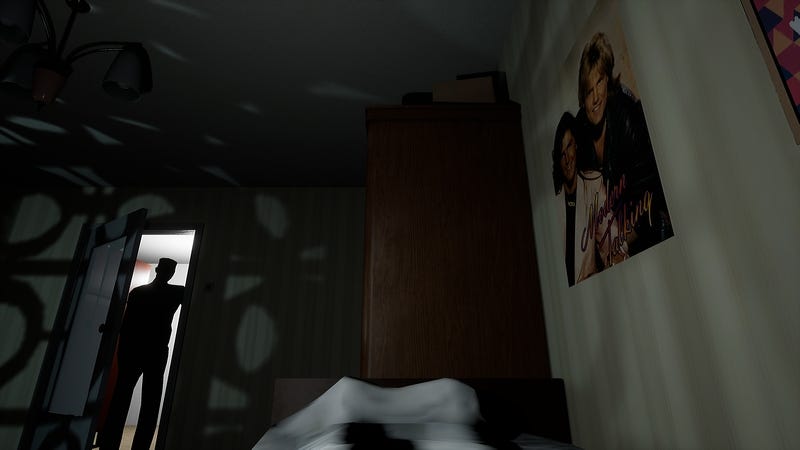World Tour: Bright Lights of Svetlov
What was life like in 1980s Russia? #worldtour #russia #videogame
Welcome back to Artcade, the travel guide that speaks ten languages. Unfortunately, all at the same time. That’s right—this is the second episode of World Tour, and we’re ready to explore a new destination: Russia. As you’ll see, we’re taking a very human and small-scale perspective. Video games often depict massive worlds, turning every story into an epic. But a game can also be small, almost intimate. Veamos together kao si déclineนี้ pérsi из наших 娯楽 uppáhalds.
Enjoy the read!

Just like in the previous episode, I find myself needing to clarify the map above. Bright Lights of Svetlov is set in 1980s Russia—except back then, it was still the USSR (Union of Soviet Socialist Republics, or CCCP in Russian). The USSR covered a much larger territory than today’s Russia, and Russia itself was just one of the 15 socialist republics that made up the union.
So, what’s my point? I’m getting there. The real name of the provincial city where the game takes place is revealed at the end (so I won’t spoil it), and geographically, it actually falls just outside the red-highlighted borders on the map.
Does that make the map useless? Let's put it this way: the map gives you an idea of what we’re talking about, and then I come in with the details. We’re a team, the map and I.
With the geography sorted out, we can dive into the topic of this episode. The game begins as we arrive at our new apartment on the eighth floor of a massive concrete building. It’s immediately clear that cheerfulness wasn’t the architect’s strong suit.
Bright Lights of Svetlov is a pure walking simulator—meaning you’ll be wandering around the apartment, performing a few simple actions, and reading some texts. That’s it. If you’re looking for an action-packed arcade shooter, this one’s not for you.
The eighth floor provides good lighting, and the apartment itself isn’t bad. There’s even a decent view from the balcony, where you can step out for a cigarette.
The story alternates between the present-day tenant and the family that lived there before. As we switch between these two narrative threads, we slowly uncover why the previous occupants left.
Most of the time, we’ll be moving around the apartment, engaged in everyday tasks. The furniture serves as a constant reminder that we’re forty years in the past (or that we’ve just visited the aunt who never changed anything in her house). There are also a few brief moments outside the apartment complex.
Bright Lights of Svetlov is the work of a single developer, and it carries the charm and limitations of a solo project. The human figures are just silhouettes in the background, actions are executed with minimalist animations, and the game engine occasionally stutters. And yet, Vladimir Cholokyan knew exactly what he wanted to tell. Through its immersive atmosphere, the game draws us into the tragic story of a family—one I won’t spoil here.
I also found an interesting spoiler-free interview with the developer by Davide Viarengo and Daniele Citerio for Il Videogioco.
If Bright Lights of Svetlov intrigues you, the game is incredibly affordable and takes less than two hours to complete. A short but powerful journey into 1980s USSR.
Vladimir Cholokyan (2021) Bright Lights of Svetlov [Video Game] [Walking simulator] [1½ Hours] (Xbox Series X) [Nintendo Switch, PlayStation 4/5, Xbox One, Windows, Xbox Series S] Vladimir Cholokyan
My last two coins
Video games can be many things. Lately, the dominant model is the massive open-world, where you roam around chasing map markers. And when you finally reach one, you’re usually required to shoot or fight something. With that vague description, I’ve just covered the latest Final Fantasy, most Ubisoft productions, GTA, the Horizon saga, and so on. And yes, I play them—sometimes eagerly, sometimes less so. And when GTA VI drops, it’ll be like the arrival of the messiah. But video games can be many things. I really believe it. Bright Lights of Svetlov reminded me of that with its uniqueness. Maybe it’s a protest game, a testimony, or something else entirely. I don’t care much about the label—what matters is that it exists, flaws and all.
Until the next episode, ciao!


